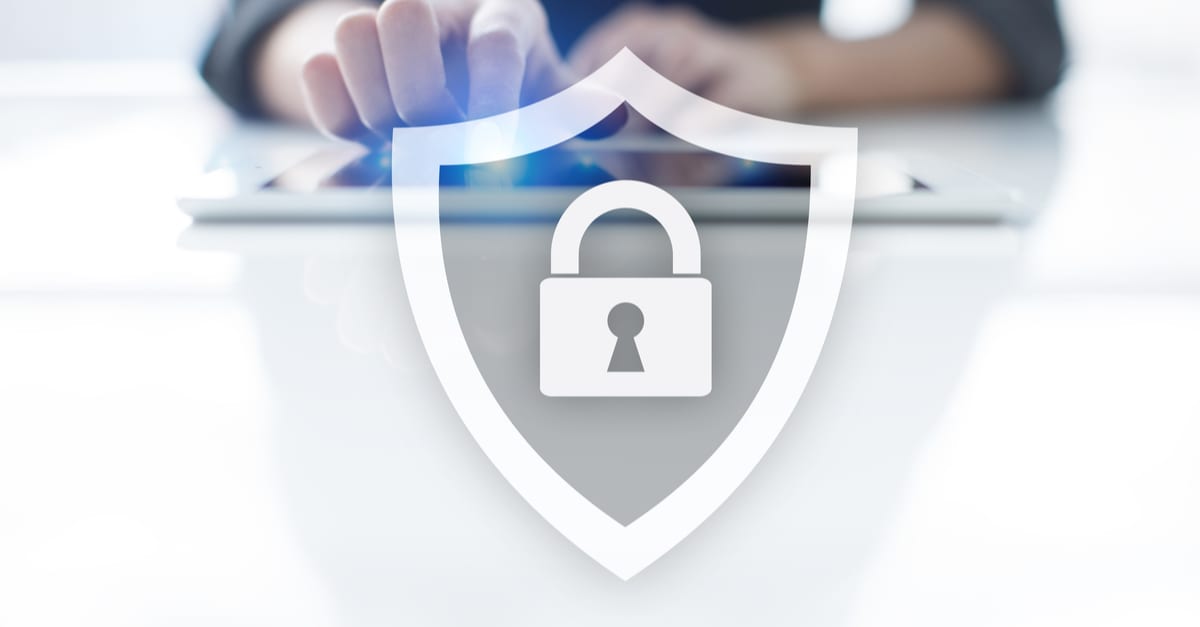Cyber security is a big deal, and you know you need employee training for cyber security. Even if you’re in a small to medium-sized business, the hackers are out to get you. Medium-sized businesses pay millions of dollars every year to recover after a ransomware attack.
Cyber criminals are only looking for the easiest way to get money. They don’t care about the size of your business or which industry you’re in. It’s also true that 95% of cyber security breaches are the result of human error.1
Therefore, your employee training for cyber security is critical – but many employee training programs fail. You can’t afford failure when you’re talking about cyber security.
The Impact of Failed Employee Training for Cyber Security
While companies spend a great deal of time and money providing employee training, 90% of the new skills learned are forgotten in under a year.2 The reasons for this problem are many, and may happen because:
- You haven’t set clear goals and required learning outcomes
- Your learning materials are too complicated or don’t capture the attention of the employee
- Your employees don’t understand why the training is important
- You repeatedly use the same training tools
- You don’t follow up after training to ensure that employees are using their new skills
Failed training can be devastating when it comes to cyber security, especially if you’re trying to defend your network from the added risks of remote and hybrid work environments. Some common cyber security threats your improperly trained remote workers may fall victim to include:
Data Breaches
Experts believe data breaches will continue to increase, with rising ransom demands potentially bringing your business to its knees. The most common points of entry for a ransomware attack are email phishing attacks and malicious links, so stressing the importance of identifying these types of attacks is critical in remote work cyber security training.
Mobile Attacks
Companies of all sizes are allowing their employees to use mobile devices for work more frequently. As cyber criminals launch more sophisticated attacks, the amount of attacks targeting mobile devices has increased, signaling that IT security teams must find solutions to combat this new threat.
Misinformation Campaigns
Misinformation campaigns are another significant remote work cyber security threat, as these employees typically use personal devices and network connections to conduct business. These often aren’t as secure as in-office equipment, so if an employee clicks on a link shared through a misinformation campaign on social media, they may expose your business network to malware or other malicious programs.
How to Develop Effective Employee Training for Cyber Security
Effective cyber security training is possible when you follow these best practices.
1. Get support from senior management.
Many businesses conduct cyber security training because they think they should. However, an effective training plan requires that senior management understand the important role employees play in protecting the company’s future by preventing cyber attacks.
Make sure that senior management is committed to supporting the training and providing employees with the motivation they need to take the training personally.
2. Choose the right training methods.
You have a variety of ways to conduct training, including:
- Classroom training
- Interactive training
- Online training
When choosing a training method, consider your organization and the purpose of the training. Since cyber security training is intended to teach a skill, often interactive and online training is the most effective approach.
But, you also need to consider the people you’re training. For example, some of your in-office employees may learn best in a classroom setting, while work-from-anywhere employees will likely benefit more from online remote work cyber security training or live webinars.
You can manage a tight budget by using internal experts to conduct training. Give careful consideration when selecting someone to do the training. For example, some internal subject matter experts may not have the skill required to explain the topic in simple terms or teach a new skill to others.

3. Educate employees about the importance of preventing cyber attacks and their role in defeating them.
Your training should start with illustrating the harm that cyber attacks do. Let them know how vulnerable your business is to cyber attacks – and how often human error is the thing that gives cyber criminals access to your systems.
If your employees are going to take cyber security training seriously, each manager must help employees appreciate the crucial part that they play in keeping your systems safe.
4. Structure your program to train, not just educate.
Educate employees on how important cyber security is, but train them on how to fulfill their role in preventing attacks. It’s not good enough to just show a video about ransomware or phishing emails.
Employees need to be able to analyze an email they receive to determine if it might be a phishing email. They also need to think critically about a link that is included in an email before they mechanically click on it. It’s good if the employee understands what a phishing email is, but it’s crucial that they can spot one and that they know what action to take.
5. Follow up after training.
Learning is a process, not an event. When you complete employee training for cyber security, that’s just the beginning. Your employees will need to establish new habits, and you’ll need to reinforce the training.
Managers should meet with employees after the training to talk about their experience and discuss how they will turn the training into action in their everyday activities. In effect, you want to turn your employees into human firewalls. You might even want to send your own fake phishing emails to identify those employees who fail the test and need a refresher.
Don’t skip the follow-up for your remote staff either. If a face-to-face meeting isn’t possible, you might consider a meeting over a video conferencing platform to answer any questions they might have about the training and ensure they’re set up for success. Continue to reinforce what they’ve learned throughout the year by sending educational emails so that remote work cyber security best practices are always top of mind.
Whitepaper: Keep Up With Modern Cyber Security Standards
Back Up Your Cyber Security Training With Expert Solutions
Now is the time to make sure your cyber security training is as effective as it needs to be. But, beyond that, as a small or medium-sized business, you also need to make sure your systems are working hard to keep you safe. If you need a way to manage your risk without over-committing time or resources, security as a service from Access One may be just what you need. Contact us today to learn more.















